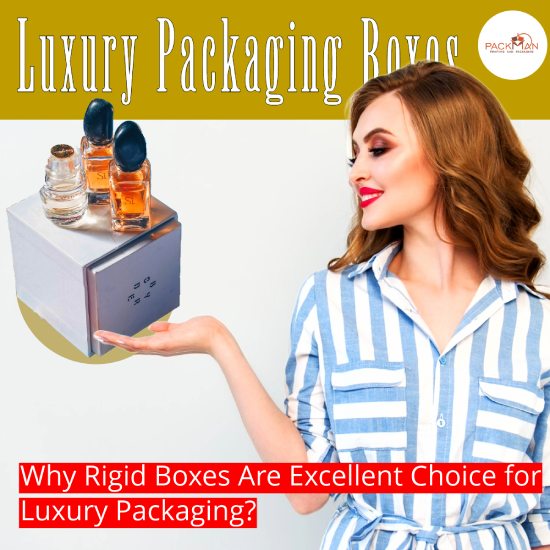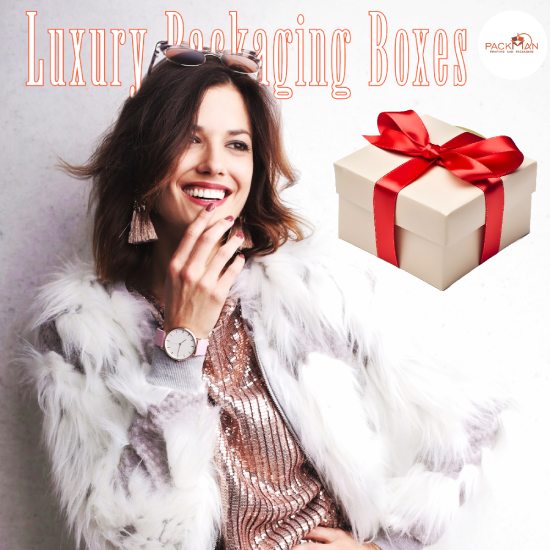Packman Packaging India’s Top Rigid Boxes Manufacturer Explains
Packaging is no longer just about protection; it is a strategic tool for building brand identity, attracting consumers, and creating a memorable experience. As consumer preferences and environmental concerns continue to evolve, packaging will remain a dynamic aspect of business strategy in the competitive landscape.
Of the various types of boxes used today, rigid boxes are highly favoured for packaging luxury and high-end products. Rigid boxes, also known as set-up boxes or paperboard boxes, are known for their sturdy and durable construction.
How Do Rigid Boxes Differ from Other Packaging Materials?
Mr. Gaurav Jalan, Founder and CEO of Packman Packaging says rigid boxes possess greater thickness compared to folded cartons. These environmentally conscious boxes provide multiple opening mechanisms and feature printed designs on paper that envelop the outer chipboard. This paper serves branding purposes on both box surfaces.
How Is It Made?
The rigid box consists of two key parts: the primary chipboard providing structure, and the wrapping for branding. Once the dimensions are defined, a large chipboard piece is die-cut to form the 3D structure.
Packman Packaging India’s top customized rigid boxes manufacturers finds out why rigid boxes are the preferred choice for luxury packaging.
Durability
Rigid boxes are constructed from sturdy materials like paperboard, chipboard, or other rigid materials. This inherent durability offers enhanced protection to the enclosed items, preventing damage during transportation and storage. Luxury products often require special care, and rigid boxes offer the necessary safeguarding. Their moisture-resistant property is an added advantage when it comes to protecting electronic items, food, or cosmetics that are sensitive to humidity.
Customization
Rigid boxes offer extensive customization, including size, shape, color, and finishing, allowing luxury brands to craft distinct packaging that resonates with their identity. Options like embossing, debossing, foiling, and spot UV coatings enhance aesthetics. Unique sizes, shapes, and materials cater to specific needs, setting brands apart. Printed logos, names, and graphics boost recognition, engagement, and style diversity.

Brand Recognition
The distinctive appearance of rigid boxes makes them instantly recognizable, fostering brand consistency and building brand recognition. Luxury brands benefit from this as their packaging becomes an extension of their image and values.
Positive Impression
The tactile and visual experience of opening a rigid box contributes to the perception of high value and exclusivity. The substantial feel and the “unboxing” experience associated with rigid boxes can create lasting positive impressions. When the box creates a strong emotional connection, a purchase usually ensues. By collaborating with a packaging printer, brands can personalize a rigid box that mirrors their product and its unique traits. This boost added value, enriching the customer’s experience with the product.
Safeguards the products while in transit
Crafted from chipboard, rigid boxes offer superior stability and structural integrity over standard paper packaging. Manufactured with precision, these boxes exude sharpness and consistency in every aspect. This ensures product safety during transit, minimizing potential damage. Furthermore, artistic printed designs enhance durability and discourage tearing, setting it apart from conventional materials.
Environmental Impact
Luxury brands are increasingly mindful of environmental concerns. Rigid boxes, often made from recyclable materials, align with sustainability goals. Manufacturers use eco-friendly resources like recycled paper, appealing to environmentally conscious consumers. Additionally, the reusability and recyclability of rigid boxes curbs waste, conserving resources and lowering the packaging industry’s carbon footprint.
Rigid boxes have become a symbol of luxury and elegance in the world of packaging, serving as a way for brands to enhance their products’ perceived value and create memorable customer experiences.





